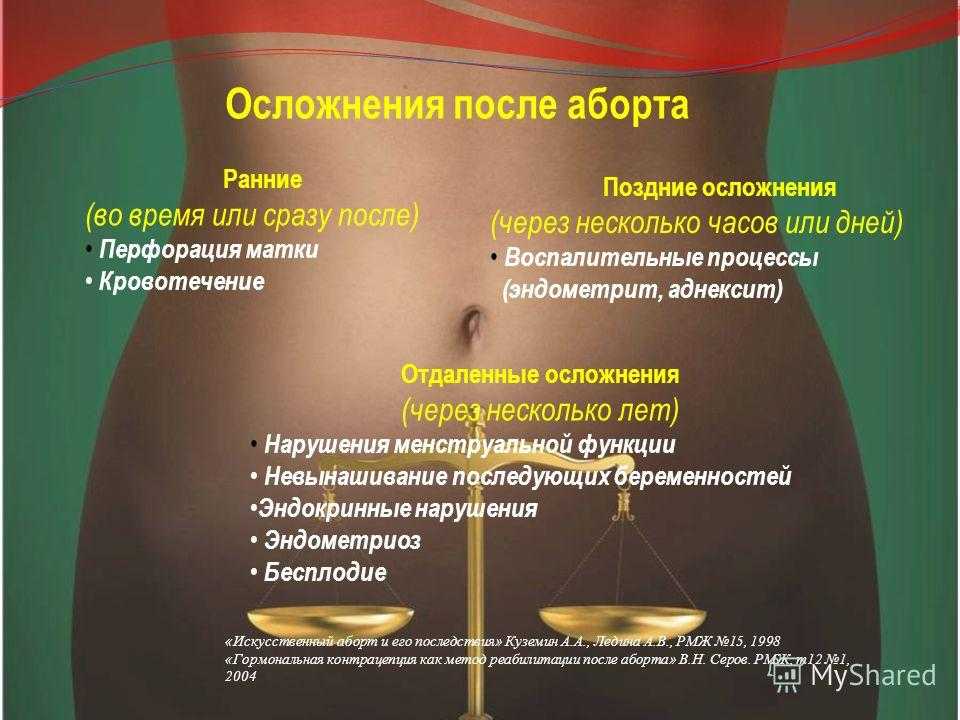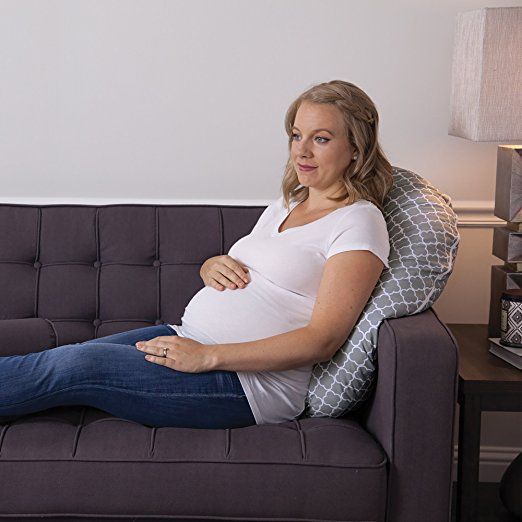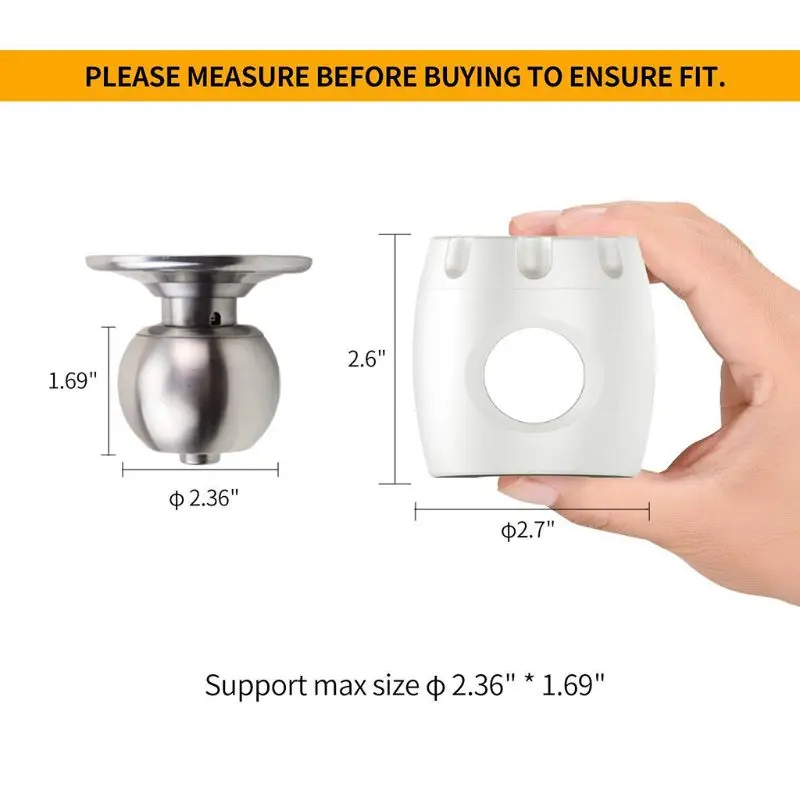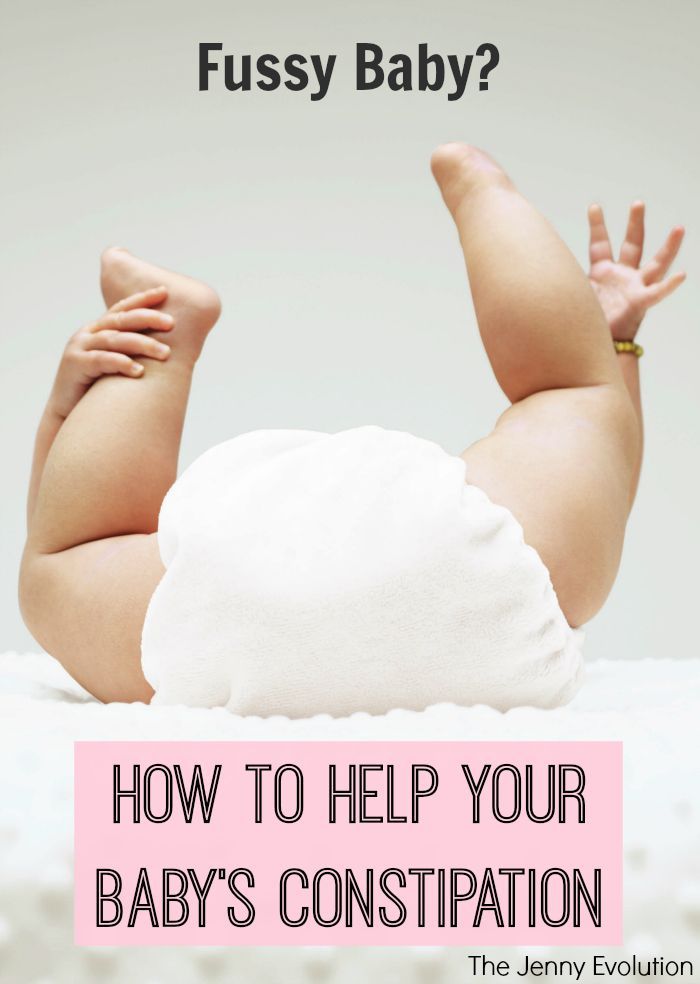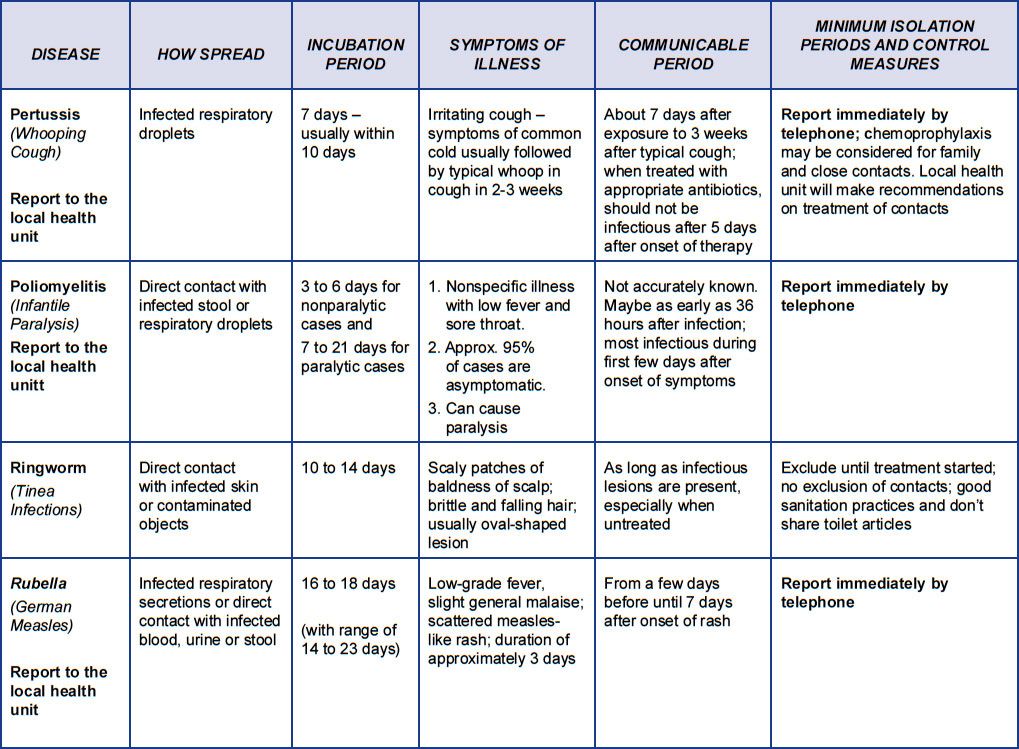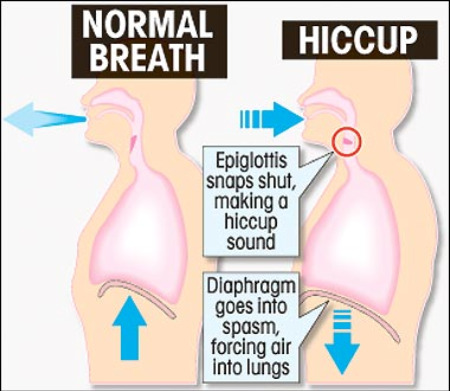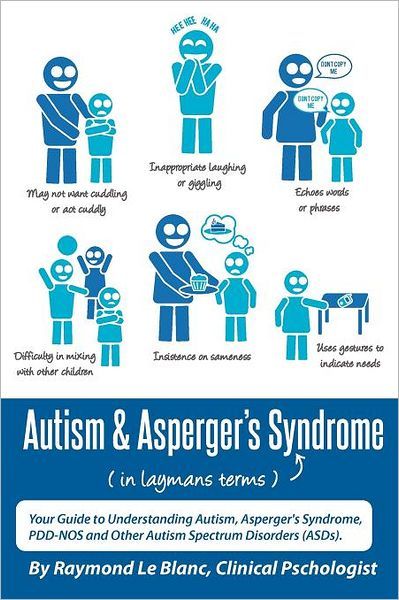How do i know what size bike to get my child
Don't Buy the Wrong Size Bike!
So your kid needs a new bike. But you’re wondering… what size bike does my child need? Wheel size is the way that bike manufacturers classify their kids bike sizes, but it’s NOT the only factor! It’s not even the most important factor!
Bikes with the same wheel size can vary drastically in overall size. As a result, your child may fit on a 16-inch bike with one brand, but a 20-inch bike with another. There are even bike brands that offer small and large bikes within the same wheel size.
The age of a child is also typically not a good indicator of size. One 5-year-old may fit on a 16-inch bike while a 4-year-old may fit on a 20-inch bike! So what’s the best way to determine a kids bike size? With our simple tricks, finding the perfect size bike for your child is quick and easy.
Kids Bike Sizes Chart
When selecting a kids bike, a child’s inseam and their height should both be taken into consideration in order to get the best fitting bike.
Click on wheel size below to see our top picks for each size bike.
| Wheel Size | Age | Inseam | Height |
| 12″ | 2 – 3 years | 15″ – 18″ | 36 – 39″ |
| 14″ | 2 – 4 years | 15″ – 20″ | 37 – 44″ |
| 16″ | 4 – 6 years | 16″ – 22″ | 41 – 48″ |
| 20″ | 5 – 8 years | 19″ – 25″ | 45 – 54″ |
| 24″ | 8 – 11 years | 23″ – 28″ | 49″ – 59″ |
| 26″ | 10 + years | 25″ + | 56″ + |
Visual learner? Here is a video walkthrough of our complete kids bike sizes guide. From measuring your child’s inseam to how to properly set the seat height on the bike, this 6-minute video will quickly answer all your questions.
From measuring your child’s inseam to how to properly set the seat height on the bike, this 6-minute video will quickly answer all your questions.
Kids Bike Sizes: Four Steps to Finding the Right Size
Using your child’s inseam in relation to the bike’s seat height is the best and most accurate way to ensure a perfect bike fit. The frame and the wheel size work together to determine the seat height of a bike.
So by selecting a bike based on seat height, versus age, wheel, or frame size, you can ensure a great bike fit for your child even if they’ve never had a chance to try out the bike before you buy it! This not only makes riding much easier, but all the experts agree a good bike fit is necessary for safety too!
Here are the four simple steps you’ll need to follow to finding a kids bike that’s the perfect size.
(1) Measure Your Child’s Inseam
While most bike manufacturers base their sizing on your child’s age or height, we always recommend using inseam instead. It’s much more accurate!
It’s much more accurate!
(2) Narrow Down Wheel Size Based on Inseam
Using your child’s inseam, find the one or two bike wheel size categories they fall into. In general, as long as your child’s inseam is appropriate for the bike, it’s better to buy a larger wheel size. Larger wheels have more stability and allow more room for growth.
For example, our 5-year-old shown above has an inseam 19.5″ inches. Based on the bike size chart below, she could fit on THREE different size bikes! The larger wheels of the 16″ and 20″ however, will be much better for her as she grows. The next step will help determine which of these two sizes is best.
Kids Bike Size Chart – Inseam Measurement is Key!(3) Find the Perfect Seat Height (
Using Child’s Inseam and Riding Ability)Now that you know what size(s) bike is likely best for your child, it’s time to take your child’s riding ability into consideration. Why? The proper fit of a bike is based on the seat height of the bike as compared to the child’s inseam.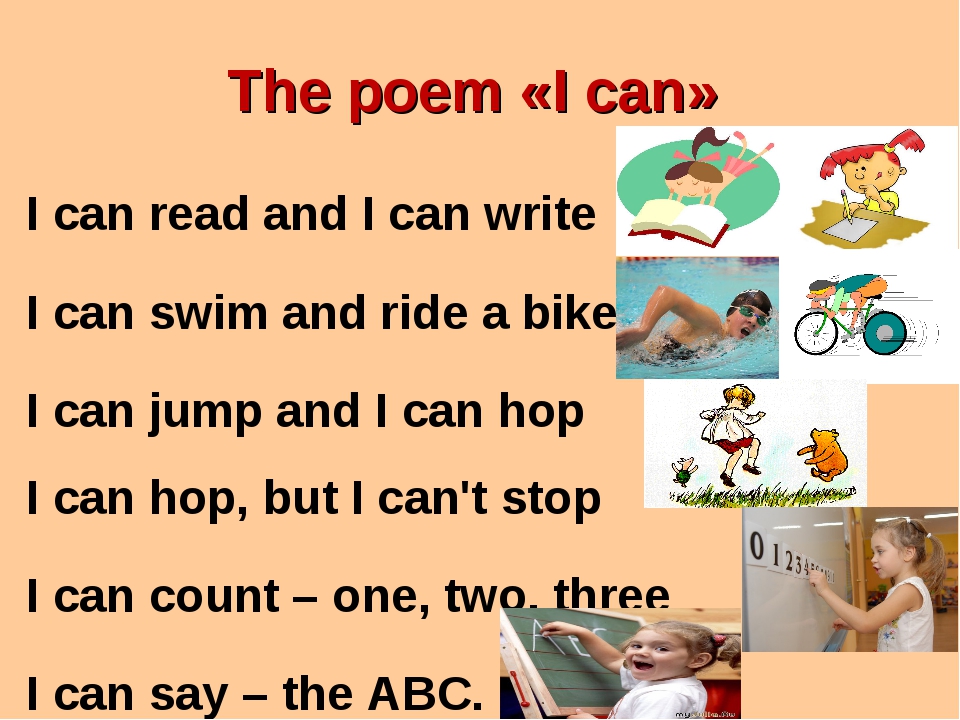 The seat height of a bike, however, should be set differently based on if your child is a beginner, is experienced, or is using training wheels.
The seat height of a bike, however, should be set differently based on if your child is a beginner, is experienced, or is using training wheels.
The seat height is the distance from the ground to the top of the seat and will help you narrow down your options even further and guarantee a great fit from day one!
Beginning Riders (
1st Bike After a Balance Bike or Training Wheels)A beginning rider (including balance bike graduates) should be able to sit on the bike’s seat and have their feet flat on the ground. At this stage, it’s essential for a child to be able to easily stop their bike using their feet. As a result, their bike’s seat height should be set equal to their child’s inseam.
In the image above, our 5-year-old tester is on a 16 inch bike with the seat height set to 19.5″ to match her inseam. If she were a beginning rider, this bike would be a perfect size bike for her.
SIZING TIP: The seat of a child’s first pedal bike should be set at the same height as the child’s inseam.
Experienced Riders – 2nd Pedal Bike (and Beyond!)
An experienced rider, who knows how to comfortably start and stop a bike as well as use either a hand brake or a foot brake, should be able to sit on the bike’s saddle and have their tip toes touch the ground. This means that the seat should be set 2 to 4 inches ABOVE the child’s inseam. Raising the seat allows for proper leg extension while pedaling, which maximizes the efficiency of each pedal stroke.
If our 5-year-old tester was an experienced rider, this 20 inch bike with the seat height set to 22.5″ (3 inches above her inseam) would be a perfect fit.
SIZING TIP: The seat of a confident pedaler can be set 2 – 4” above their inseam.
Beginner Bike with Training Wheels
For those who plan on using training wheels, feet flat or tiptoes both work, depending on the confidence of your child. Because the child doesn’t have to balance the bike or worry about falling over as much, just set the seat according to what is most comfortable for them.
This typically means that the seat should be set 0 to 3 inches above the child’s inseam. For timid kids, setting the seat lower so they touching with their feet flat is often preferred.
With more aggressive riders, setting the seat higher allows for greater pedal efficiency so they can rider faster, but he cautious not to set the seat too high, as many kids on training wheels still instinctively stop the bike with their feet.
SIZING TIP: The seat of a bike with training wheels should be set 0 – 3” above the child’s inseam.
Balance Bike
If you happen to be looking for a balance bike, be sure to check out our balance bike sizing guide. For a quick reference though, the seat of a balance bike should be set 0.5″ to 1.5″ below a child’s inseam.
While seated on a balance bike with their feet flat on the ground, a child’s knees should be slightly bent (in an athletic stance). The slight knee bend allows them to efficiently run on the bike.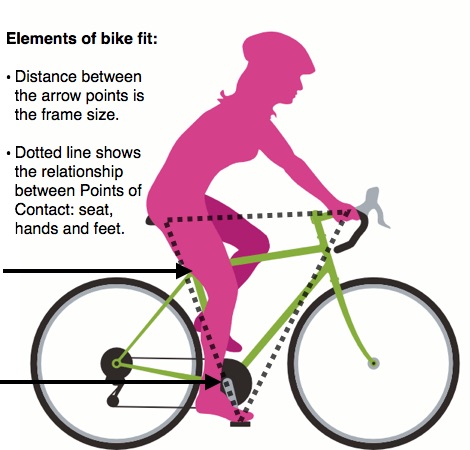
SIZING TIP: The seat of a balance bike should be set 0.5 – 1.5” below the child’s inseam.
(4) Buy for Current Fit and Growth
Now that you know the desired seat height for your child’s bike, you can begin shopping for your bike! Ideally, you’ll find a bike that has a minimum seat height that’s as close to (but without going over) the seat height you determined in step 3.
This allows the bike to fit perfectly now, but also offers the most room for growth so you don’t have to buy another bike too soon!
Here’s an example using the bikes we just saw and our 5-year-old tester. Each of the following bikes are a great fit for a child her size, but which one is best depends on the child’s experience and riding ability.
- Pello Revo 16″ (bike shown in the Beginning Riders section) has a minimum seat height of 19.5”
- woom 4 20″ (bike shown in the Experienced Riders section) has a minimum seat height of 22”.

- Schwinn 16” (bike shown in the training wheels section) with a minimum seat height of 21”.
If our 5-year-old tester is a beginning rider, the Pello Revo is a perfect fit because its minimum seat height matches her inseam and allows her to sit with her feet flat on the ground.
If she is experienced, the woom 4 is a much better option. With its minimum seat height set 2.5” inches above her inseam, she can sit on the saddle and reach the ground with her tip toes. And it offers plenty of room for her to grow!
Lastly, if she is using training wheels, the Schwinn 16 is a great option for her if she is an average or confident rider. With a minimum seat height set 1.5″ above her inseam, she can comfortably reach the ground with low tip toes.
When selecting your child’s bike be sure to narrow down several options so that other factors such as price, weight, brake type and even color preference can also be taken into consideration.
So where do I find the best bikes and their seat heights?
Part of the reason that kids bike sizes are confusing is that there are no bike sizing “standards”.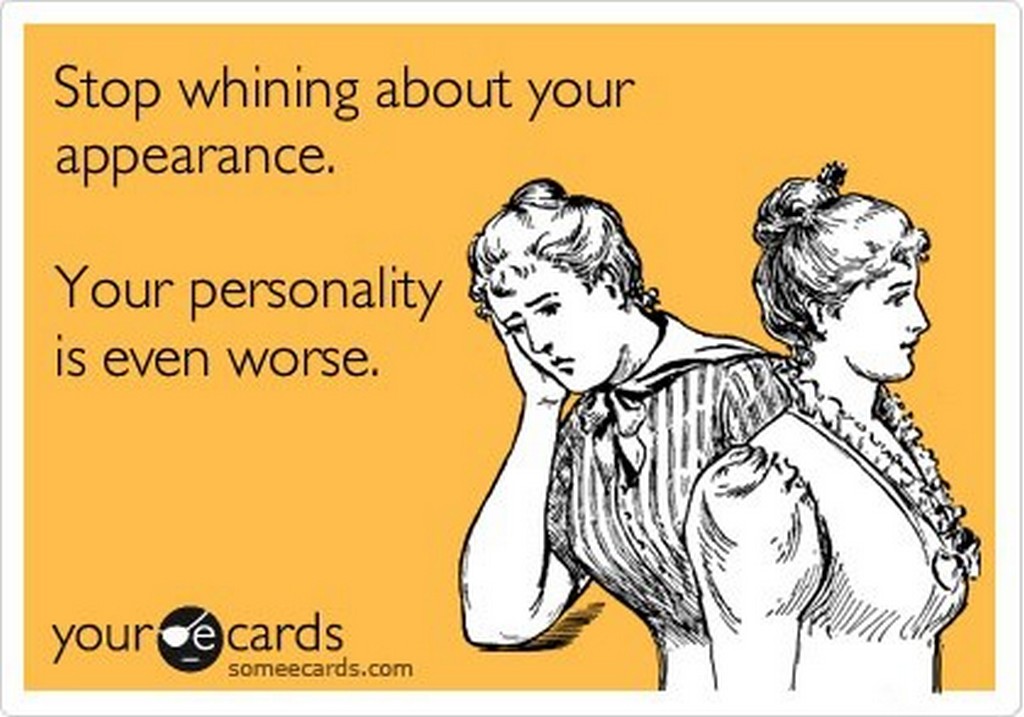 While the CPSC has rules regarding almost everything else about a bicycle, there are no rules about kids bikes sizes.
While the CPSC has rules regarding almost everything else about a bicycle, there are no rules about kids bikes sizes.
To make matters more confusing, most bike companies don’t publish the seat heights of their bikes! Not to worry, we’ve got you covered! We’ve measured the seat heights of over 50 different bikes for you!
You can find seat heights on our comparison charts for each size bikes:
- 12 and 14 inch Bikes Comparison Chart
- 16 inch bikes Comparison Chart
- 20 inch Bikes Comparison Chart
- 24 inch Bikes Comparison Chart
- 26 and 27.5 inch Bikes Comparison Chart
Other Kids Biking Resources
Guardian Bikes RideSizer: Enter in your child age and height and Guardian’s proprietary tool will tell you which size bike is best for them.
woom Bikes Size Finder: Take out all of the guess work of buying the right size woom bike with their bike finder tool.
For additional information on child bike sizes and what other features you should look for when shopping for a bike, check out our article Best Kids Bikes: The Authoritative Buying Guide.
For young kids that have never ridden a bike, a balance bike is likely a better option for them. Check out Why a Balance Bike Should be the First Bike for Your Toddler.
Bike Size Guide for Kids | Fit by Age and Height
CommunityGetting StartedExpert AdviceElectric BikesKids
Choose a TopicCommunityElectric BikesExpert AdviceGetting StartedKids
Not sure which bike size is the right fit for your child? Our kids' bike size chart will help you determine the correct size bicycle that your child needs.
Charles Luiting
Time for your child’s very first bike, or maybe something new in a larger size? Finding a bike that fits doesn’t need to be difficult. We’re here to help.
Q: What are the sizes based on?
A: Kids' bike sizes are best determined by wheel size.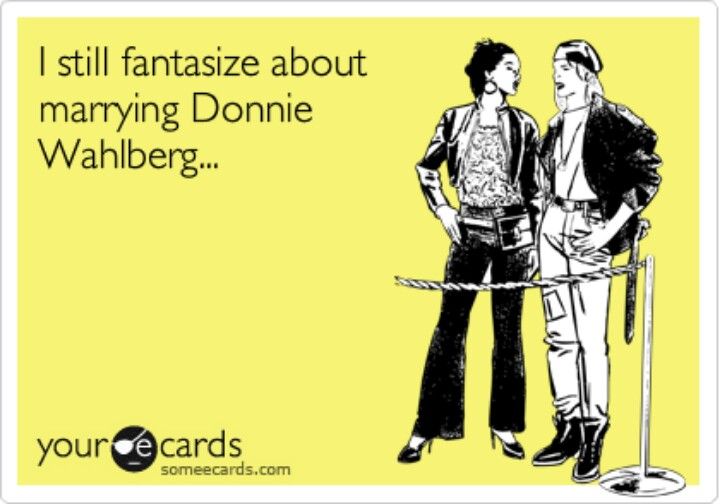 This directly correlates to the frame size: as the diameter of the wheel increases, so does the frame size of the bicycle.
This directly correlates to the frame size: as the diameter of the wheel increases, so does the frame size of the bicycle.
Q: Do bike sizes correlate to kids’ ages?
A: Yes and no. You can often estimate what size bike your child will need based on their age, but the best way is going by their height. Kids’ heights can vary quite a bit, what with the growth spurts and all, so using their height instead of age will provide a much more accurate way to determine the appropriate bike size. And of course, you should have your child test ride the bike before purchase when possible.
Check out our handy size chart to determine the right size for your child.
Schwinn SmartStart
Parents are often concerned that their child will grow out of a bicycle too quickly. Schwinn SmartStart is our solution to help your child’s bike “grow” with them.
SmartStart bikes deliver fun that fits. When you raise the seat of a SmartStart bike, the angle and distance between the seat, handlebars, and pedals also increase. This means the bike can still provide a good fit for your child as they grow taller.
This means the bike can still provide a good fit for your child as they grow taller.
All Schwinn kids bikes from size 12” - 20” now come with SmartStart technology, as designated by the SmartStart logo on your child’s bike.
Check out our Schwinn SmartStart page.
Once you find the right bike size for your child, you’ll be ready to shop. But don’t worry, you’re not on your own. Check out our guides on bike assembly, helmet fitting, the ins and outs of training wheels, and how to tech your child to ride. They’ll be ready to ride in no time!
Sizing Help
Similar Articles
E-Bikes for Kids are Charging Up the Next Generation of Riders
Read More
What Mountain Bike Size Fits Me?
Read More
Learning To Ride: The Tricycle, A Toddler's First Bike
Read More
Learning to Ride: How to Use Hand Brakes
Read More
Let’s Bike to School!
Read More
Indoor Adventures with Schwinn Coloring Pages
Read More
Choosing The Right Bike
Read More
The Schwinn Tornado: A Whirlwind of Fun
Read More
Bicycle frame measurements by height
Bicycle frame size (size) is the height and length of the frame, size (15, 16, 17, 18, 19, 20, 21, etc. ) in inches, centimeters (44, 45, 46, 47, etc.) etc.) or conventional units (XS, S, M, L, XL) in the table "choose a frame - for what height?". More often they measure the vertical (seat) tube, sometimes the length of the top tube (from the steering wheel to the saddle). We will help you choose a bike frame of your size for your height!
) in inches, centimeters (44, 45, 46, 47, etc.) etc.) or conventional units (XS, S, M, L, XL) in the table "choose a frame - for what height?". More often they measure the vertical (seat) tube, sometimes the length of the top tube (from the steering wheel to the saddle). We will help you choose a bike frame of your size for your height!
When choosing a bike, start with wheel size and frame size. Different types of frame provide for different (vertical, inclined, recumbent) fit and several sizes of bicycle frame for different sizes.
|
The classic diamond-shaped bicycle frame is divided into two triangles by a seat tube. A comfortable proper fit requires the right choice of bicycle frame and adjustment of the length of the saddle and the dimensions of the stem and handlebar tilt. The main types of frames are shown in the table.
A comfortable proper fit requires the right choice of bicycle frame and adjustment of the length of the saddle and the dimensions of the stem and handlebar tilt. The main types of frames are shown in the table.
| Frame and bike type | height cm |
|---|---|
| Foldable | 130 - 190 |
| Mountain | 150 - 200 |
| Road | 160 - 190 |
| Hybrid | 150 - 200 |
| City | 150 - 180 |
| Child | 80 - 130 |
| Youth | 120 - 160 |
The bike frame in the model range is made in several sizes: mountain bikes in 3-5 sizes, road bikes in 2 or 3 options, and folding bikes in one universal size.
The frame of our shop's children's bicycle is sized for a certain wheel diameter: the size of the wheel makes it easier to determine how to choose a children's bike (table of sizes for children's bicycles)
A bicycle frame size table is needed to select by height.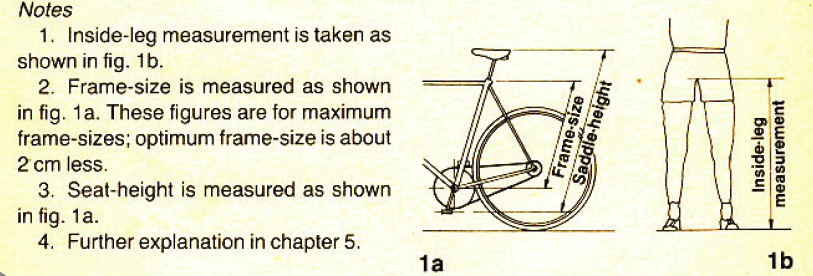 The size is usually applied on the seat tube from above, under the saddle. For conventional models (mountain, road) it is enough to measure the length of the seat tube from the pedal bracket to the end of the top tube in centimeters.
The size is usually applied on the seat tube from above, under the saddle. For conventional models (mountain, road) it is enough to measure the length of the seat tube from the pedal bracket to the end of the top tube in centimeters.
| Frame size, inches | Height, cm | Frame height cm | Designation | Note |
|---|---|---|---|---|
| 12 | 125 - 140 | 30 | XXS (XXSmall) | Extra small |
| 13 | 130 - 150 | 33 | XS (XSmall) | Very small |
| 14 | 135 - 155 | 35 | XS (Small) | Very small |
| 15 | 140 - 160 | 38 | S (Small) | Small |
| 16 | 150 - 165 | 40 | S (Small) | Small |
| 17 | 155 - 175 | 43 | M (Medium) | Medium |
| 18 | 160 - 180 | 45 | M (Medium) | Medium |
| 19 | 165 - 182 | 48 | L (Large) | Large |
| 20 | 170 - 185 | 50 | L (Large) | Large |
| 21 | 180 - 190 | 53 | XL (ExtraLarge) | Extra large |
| 22 | 185 - 195 | 55 | XL (ExtraLarge) | Extra large |
| 23 | 190 - 200 | 58 | XXL (XXLarge) | Extra large |
| 24 | 195 - 210 | 61 | XXL (XXLarge) | Extra large |
The frame size selection table is correct for a regular mountain bike with a wheel size no larger than 26 inches.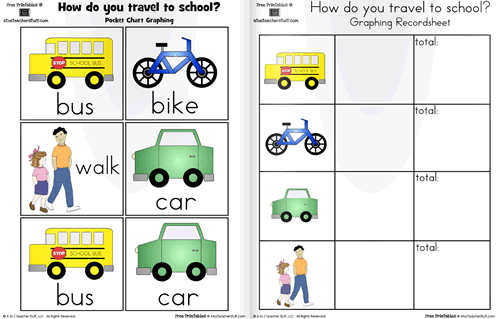 When installing wheels with a wheel size of 27.5, 28 29 inches on a bicycle, the Stels bicycle frame size table for height is suitable:
When installing wheels with a wheel size of 27.5, 28 29 inches on a bicycle, the Stels bicycle frame size table for height is suitable:
| Height, cm | Wheel size, inches | Frame size 9 inches0038 |
|---|---|---|
| 140 | 24 | 14-15 (wheel 24) |
| 145 | 24, 26 |
|
| 150 | 26, 27.5 |
|
| 160 |
|
|
| 170 |
|
|
| 180 |
|
|
| 190 |
|
|
| 200 |
|
|
The size of the frame according to height should be chosen from the size of the wheel: the larger the wheel, the smaller the size. The popular Stealth Navigator 500 series bike is available with three wheel diameters and 3-4 frame sizes. Let's see, for a height of 175-180 cm, which frame is suitable for height (table).
| Wheel size | Frame size |
| 26 | 20 |
27.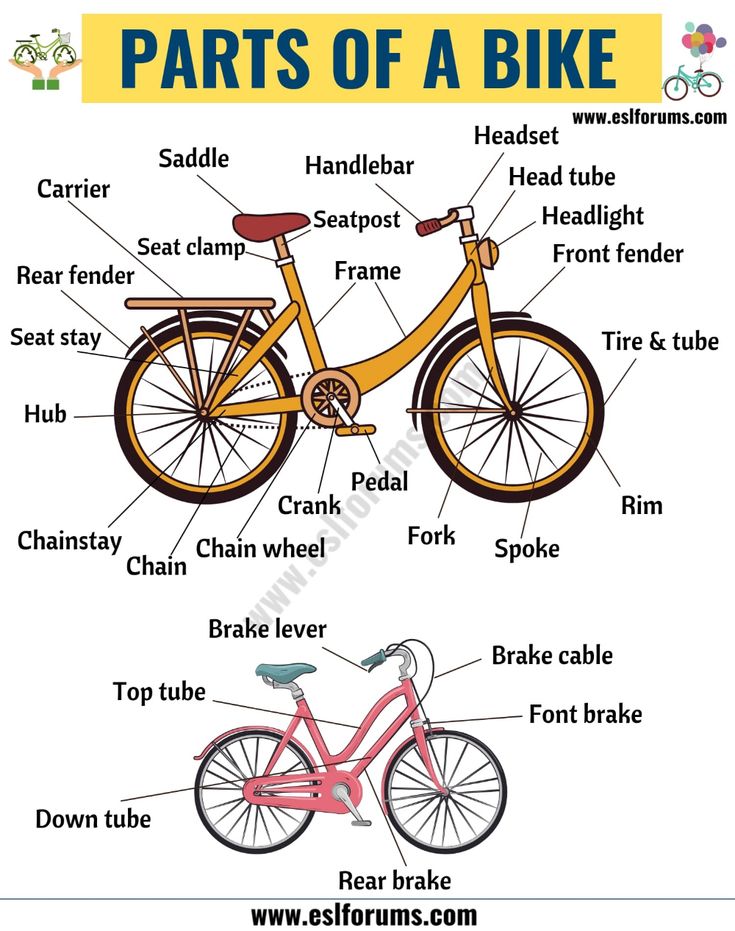 5 5 | 18 |
| 29 | 17 |
The size of a bicycle wheel is the diameter of the wheel rim, excluding tire size. It is measured in inches (20.24, 26, 28, 29), less often in centimeters (50, 60, 65, 70, 73). The height of a bicycle tire is determined by the profile height in inches. For example, the outer wheel size of a regular 26" wheel and a 24" wheel with wide tires are almost the same. For bikes with normal tire widths, see the bike wheel size chart.
| Wheel size | bike type | height |
|---|---|---|
| 12 | child | 80-85 |
| 14 | child | 85-100 |
| 16 | child | 100-110 |
| 16 | folding | 140-180 |
| 18 | child | 110-120 |
| 20 | child | 120-130 |
| 20 | folding | 140-180 |
| 24 | adolescent | 135-150 |
| 24 | folding | 140-180 |
| 26 | mountain, road | 150-190 |
27. 5 5 | mountain, road | 160-190 |
| 29 | mountain | 170-200 |
| Height, cm | Wheel size (mountain, road, road) | Wheel size (folding) |
|---|---|---|
| 80 | 12 | - |
| 90 | 14 | - |
| 100 | 16 | - |
| 110 | 18 | - |
| 120 | 20 | - |
| 130 | 20-24 | 20 |
| 140 | 24 | 20 |
| 150 | 26 | 20.24 |
| 160 | 26, 27.5 | 20.24 |
| 170 | 26, 27.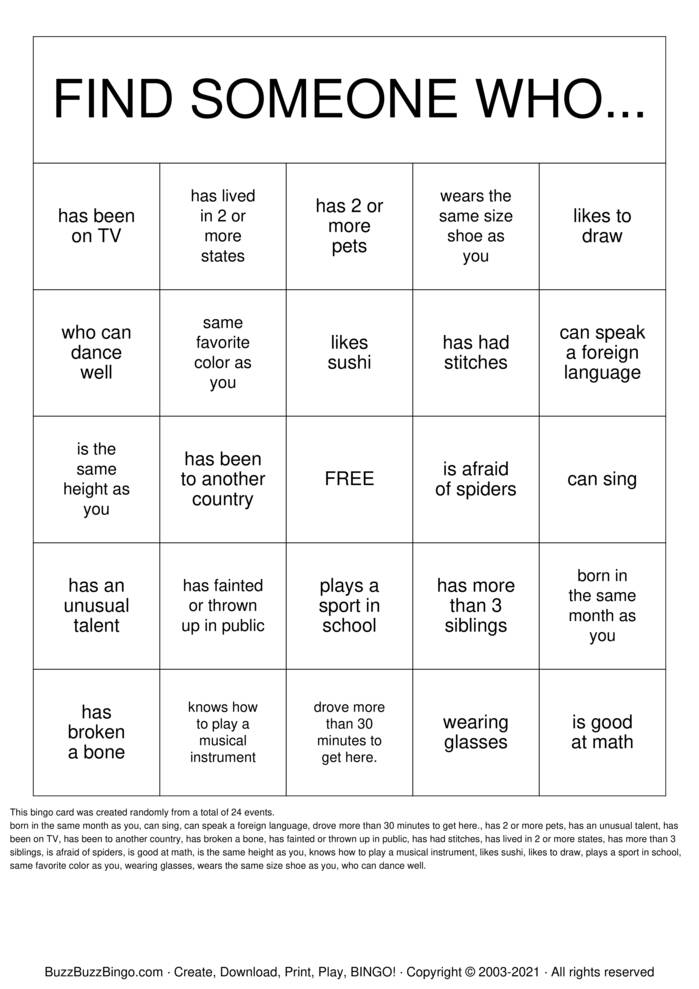 5, 28, 29 5, 28, 29 | 20, 24, 26 |
| 180 | 26, 27.5, 28, 29 | 24, 26, 28 |
| 190 | 27.5, 28, 29 | 26, 28 |
The table shows popular bicycle wheel sizes and heights for adult and children's bikes. Large bikes in one wheel size are available in several sizes. The table shows the average values, you can choose the wheel diameter individually according to height.
When riding in the city - it is better to choose a bike with an average wheel size of 24 or 26 inches. When driving on highways, asphalt roads and rough terrain, you must select wheels 26, 28, 29inches Large bicycle wheels reduce energy costs when moving at high speeds and transmit less vibration to the handlebars and saddle.
Recommendation: If you are about 150 cm tall and below, limit your bike to 24" wheels for city riding and 26" wheels for asphalt and dirt roads.
Bicycles with a wheel size of 20 inches are convenient to store and transport, but less comfortable to ride. With a large frame size (16 inches and above - adult models) while driving, such models with small wheels are less stable on rough roads.
With a large frame size (16 inches and above - adult models) while driving, such models with small wheels are less stable on rough roads.
The position of the center of mass and the distribution of the weight of the cyclist depends on the size of the bicycle wheels and the design of the frame. During the movement, there is a constant transfer of the weight of the cyclist between the handlebars, saddle and pedals. On bicycles with contact pedals (hooks or touring clips), the force of the foot is applied to both pedals at the same time. To reduce fatigue and stress on the knee joint, a smaller frame size or a specially designed frame is selected. On a bike with a regular frame, you may need to change the height, shape and stem of the handlebars. The height and width of the bike seat is selected individually.
Quick way to choose bike frame size
- 15" frame: height 145-165cm;
- 16" frame: height 150-170 cm;
- 17" frame: height 155-175 cm;
- 18" frame: height 160-180 cm;
- 19" frame: height 170 - 185 cm;
- 20" frame: height 175 - 190 cm;
- 21" frame: height 180 - 195 cm;
- 22" frame: 190 cm and up.

| Child height | age, years | Child, wheel size | Teenagers | Folding |
| 80-85 | 2 | 12 | - | - |
| 90-95 | 3 | 14 | - | - |
| 100-105 | 4 | 16 | - | - |
| 110-115 | 5 | 18 | - | - |
| 120-125 | 6 | 20 | - | - |
| 130-135 | 7 | 20 | 24 | 20 |
| 140-145 | 8-9 | - | 24, 26 | 20, 24 |
| 150-155 | 10-12 | - | 24, 26 | 20, 24, 26 |
The children's bike size chart shows how to choose a model based on age. Boys and girls can have significantly different heights: refer to this chart to choose the wheel size and carefully read the description for each model. For example, for a height of 125-130 cm, the easiest to control will be a children's bike with a wheel size of 18 inches, when buying a new one, you need to choose a wheel size of 20 in the usual frame size or a wheel diameter of 24 inches with a lowered frame.
Boys and girls can have significantly different heights: refer to this chart to choose the wheel size and carefully read the description for each model. For example, for a height of 125-130 cm, the easiest to control will be a children's bike with a wheel size of 18 inches, when buying a new one, you need to choose a wheel size of 20 in the usual frame size or a wheel diameter of 24 inches with a lowered frame.
To choose and buy a bike by height and weight (depending on body type and physical condition), find the ratio of wheel size, frame and weight in the table. With a large weight, it will be difficult to move on the mountain geometry of the frame (large forward tilt with weight transfer to the steering wheel). Opt for rugged road or urban models with rigid front forks. Better big spring saddle and vertical seating. With a weight of over 140-150 kg, reinforced (with an increased number of spokes) road and touring bicycles are useful. Let us help you choose the right model!
Correct bicycle frame to height ratio
Proper cycling fit and health benefits are only possible with proper bike frame selection. Low load on the spine and knee-elbow joints will allow cycling at any age.
Low load on the spine and knee-elbow joints will allow cycling at any age.
Avoid mistakes when choosing the right size. You can not take a bike for growth! At the current cost of budget models, it would be wise to choose a bike with the most appropriate frame size and wheel diameter as your height changes.
Leave a request
And we will call you back as soon as possible
By clicking on the "Submit" button, you agree to data processing rules
Request a call chat_bubble_outline
Leave a request and we will call you back as soon as possible
By clicking on the "Submit" button, you agree to data processing rules
keyboard_double_arrow_up
How to choose a bicycle for a child - Bicycles
How to choose a children's bicycle? What you should pay attention to? What is important to consider? Which model is right for your child? You will find answers to these and many other questions in this article.
A bicycle is a wonderful gift for any child. It is unlikely that anyone will remain indifferent to him! However, in order for the bike to allow the kid to ride safely, without hassle and give only joy, you should carefully consider his choice. What is the most important thing when choosing a children's bike? Let's figure it out!
First of all, you need to understand that the bike is chosen for a child who is constantly growing. Therefore, many parents are mistakenly guided by the following considerations: there is no point in buying an expensive bike ... you can buy the first thing that comes across in the nearest supermarket. It's definitely not worth it! Bicycles from shops that are not specialized in cycling are not reliable and cause more trouble than joy.
But what is definitely important is to take into account that children at the same age can be of completely different heights, therefore it is the height of the child that is the main selection criterion for . After all, a bike that does not fit your child in size (for example, if it was bought “for growth”) will not only be uncomfortable, but also unsafe.
After all, a bike that does not fit your child in size (for example, if it was bought “for growth”) will not only be uncomfortable, but also unsafe.
Bicycles that are too big are also less manoeuvrable and more difficult to balance. As a result, the most reasonable thing is to buy the largest possible bike that is sure to fit your child right now. This will make it possible to use it for as long as possible, adjusting the height of the handlebar and saddle, taking into account the current anthropometry of the child.
We divided children's bikes into 4 groups (according to wheel size) to make it easier for you to navigate the variety of models offered.
The first three groups are children's bikes, and the fourth group are teenagers:
| Group | Height, cm | Wheel diameter |
| 1 | to 100 | < 12" |
| 2 | to 120 | 12", 14", 16", 18" |
| 3 | 115 to 135 | 20" |
| 4 | 125 to 155 | 24", 26", 27.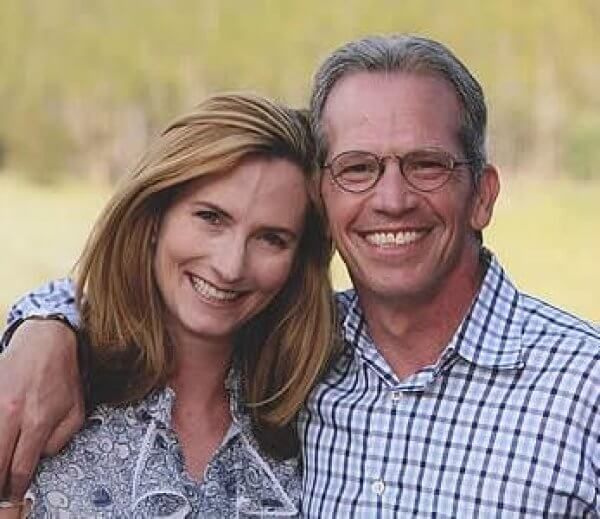 5" 5" |
Now more about each group.
These are very small and simple models - for kids up to 1 meter tall. Usually they go without brakes and speeds. They are called runners. On such a bike, the kid will learn to maintain balance and accelerate, pushing off the ground with his feet (like on a scooter). Balance bikes with plastic wheels are a bad option. It is important that the wheels are rubber and inflatable.
Designed for children up to 120 cm tall. There are already many more options! If we talk about the frame of a bicycle, then everything is like in adults. It is better to choose lightweight frames made of aluminum or magnesium, because the lighter the weight of the children's bike, the more pleasant and easier it will be for the baby to ride. Yes, and for you there are fewer difficulties if you need to transfer the bike to the cottage or climb the stairs. In addition, the design, that is, the shape of the frame made of such light alloys, is usually more interesting.
Scott Scale 16
When choosing such a two-wheeled friend, you also need to pay attention to the materials from which the rest of the components are made (handlebar, seatpost, etc.). All this also affects the overall weight! Of course, there are bikes with steel frames: they are heavier, but a little cheaper.
Bicycles in these categories come in different seating positions: more upright (comfortable) and more inclined (sporty). Everything is simple here! If your child is passionate about sports, active and rides a lot and with pleasure, then you should look at models with a more athletic fit. In all other cases, a comfortable bike with a high handlebar will be an excellent option.
Children's bikes in this group usually have only one gear, and that's enough!
There are different types of brakes:
- Foot brake . The easiest option. The pedals only turn in one direction. If in the opposite direction, the bike slows down.
 This option is usually found on bikes with 12-16" wheels.
This option is usually found on bikes with 12-16" wheels. - Handbrake . A more advanced option (on the steering wheel), but do not rush to choose - we explain why below.
Without a doubt, the location of the brake on the handlebars and the principle of pedaling as on adult bicycles (in both directions) are better in terms of teaching a child. But it is also important to understand that children have rather weak hands and fingers, so pressing the brake levers can be quite a challenge. These bikes have mechanical cable brakes. Pedaling and braking will obviously be much easier.
CUBE Cubie 160
In addition, a child will almost certainly be able to stop on the descent and at the same time not roll away with the foot brake. If you want to make a choice in favor of a brake on the handlebars, then with this choice you need to make sure that your child has enough finger strength to easily press the brake lever on the bike they like.
What about disc brakes on these kids models? In fact, there is no great need for them, since the child's weight is not large, and he does not ride fast. However, if you're looking for the very best, you can find hydraulic disc brakes. This is a very good option: it is much easier to press the handles of such brakes. Enough strength even for a child!
This category of bicycles is already for older children - with a height in the range of 115-135 cm. Here you can already find bicycles with disc brakes!
What about the transmission? Several options are available both in terms of the number of speeds and the principle of switching on the steering wheel. There is a misconception that the more speeds, the faster the bike will go. In fact, children do not always use gear, so this option is often useless.
Merida Matts J.20+
Beginner cyclists should not immediately choose a very complex bike with speeds. This will only confuse the child, because, as we remember from our childhood, at first we just wanted to ride! Over time, when the child grows up, feels more confident on the bike, it will be possible to choose advanced models with several gears.
What about the cushioning on children's bikes? Almost always, this is an unnecessary complication of the design, adding weight and cost. The thing is that kids usually have a very small body weight compared to adults. And regular shock absorbers just don't work properly (due to light load).
But children's double suspensions are generally the worst thing you can buy for a child. A much more reasonable solution for children's bikes is a rigid fork and wider rubber, which will act as a shock absorber.
Merida Matts J.20+
Air forks are another matter. In them, you can change the air pressure - adjust their work, taking into account the weight of the child. But such options are more expensive and rarely found on children's bikes.
Another highlight is the auxiliary side wheels! They allow the child to learn to balance more easily and quickly. Can be supplied on bikes with 12-20” wheels (for height 100-135cm). You should also pay attention to the design of the selected bike. Sometimes it will not be possible to install additional wheels - for example, due to the speed switch.
Sometimes it will not be possible to install additional wheels - for example, due to the speed switch.
Teenage bikes for height 125-155cm. With the choice of frame material, all the same principles work as with children's models, but here the lack of speeds and disc brakes is considered a disadvantage. On the contrary, disc hydraulics and an air fork are welcome. In terms of transmission, everything is like on adult bikes. In front, more and more often there is only one star, and this is excellent.
Haro Flightline 24 Plus DS
Wheel sizes vary. Usually teenage bikes are produced on 24-inch wheels, but recently everything is like adults here too ... Increasingly, you can find larger 26-inch wheels. For a teenager with a height of 130-150 cm, this will be equivalent to niners with 29-inch wheels in adults. This will give certain advantages, and will allow you to unlock the potential of the bike on off-road and diversify riding, which is just wonderful.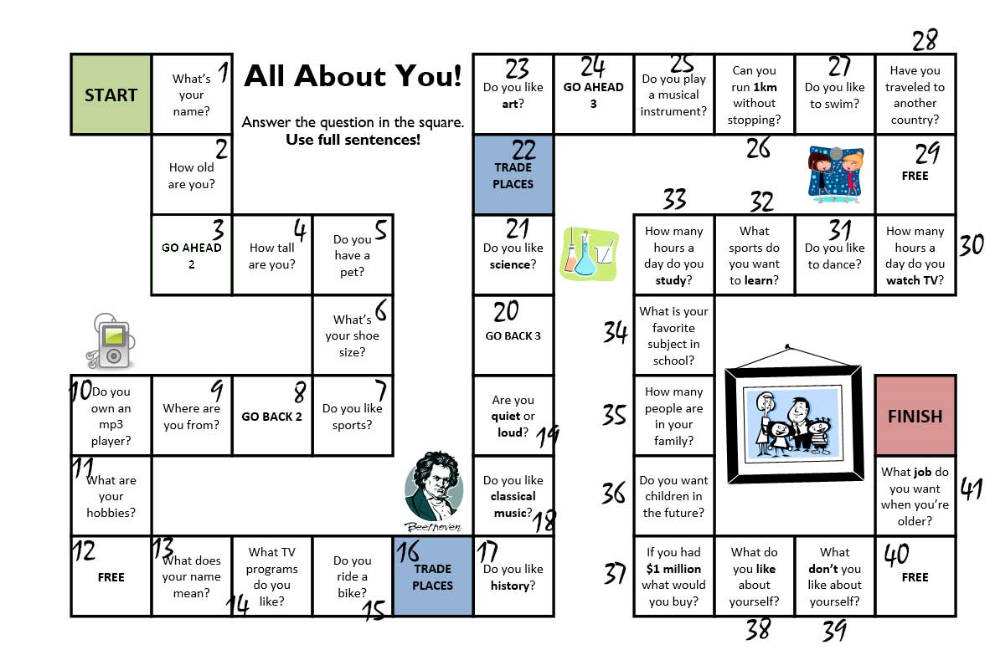
It should be added that sometimes both children and teenagers prefer to ride BMX bikes. This is a separate direction, but it is important to understand that this is a stunt bike, and a child definitely cannot do without protection.
CUBE Reaction 240 TM
Another selection criterion is the price. More expensive bikes are distinguished by the quality of materials, low weight, technology and thoughtfulness, i.e. the use of special children's components, so do not be alarmed if you see a rather narrow saddle on children's bikes. It is specially optimized for the anthropometric features of a teenager.
A separate issue is accessories for children. Helmet, horn, children's gloves, flashlights and more! Do not forget about such important things! The child must be safe and well visible on the road.
A well-chosen and properly adjusted bike will bring a lot of joy to your child. And in general, joint family bike rides are a great leisure activity, an opportunity to maintain a healthy lifestyle and explore the world around you! And what you should pay attention to when choosing a children's bike, you already know.
 5)
5) 